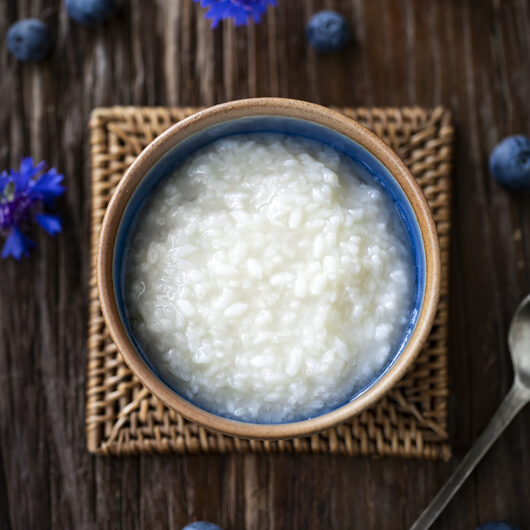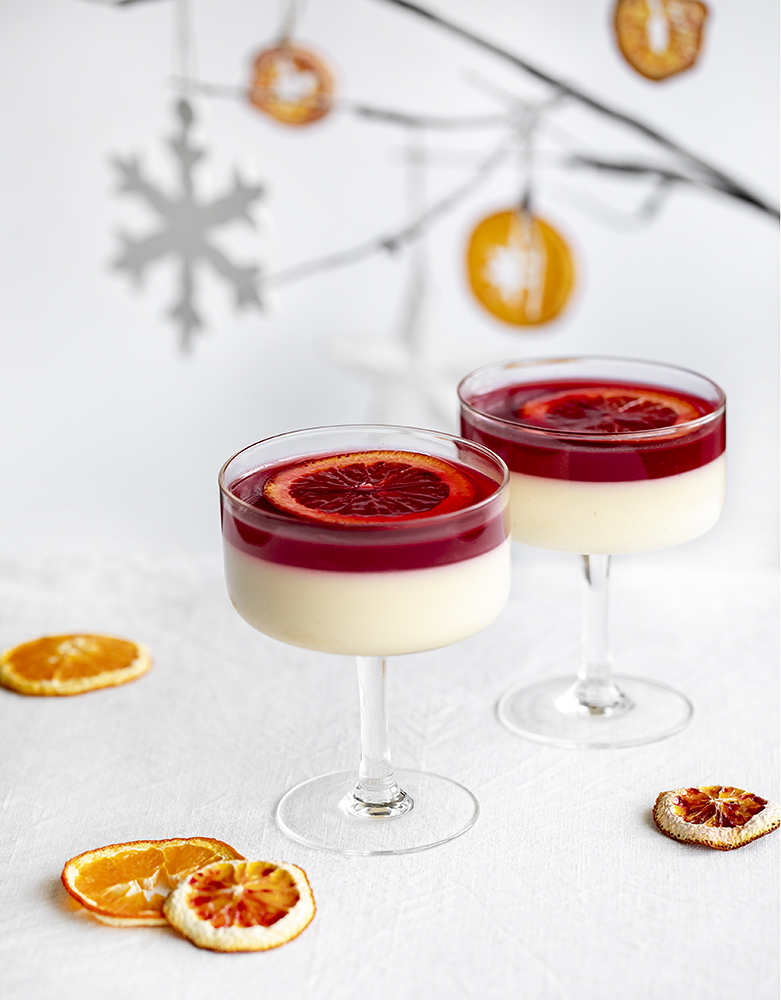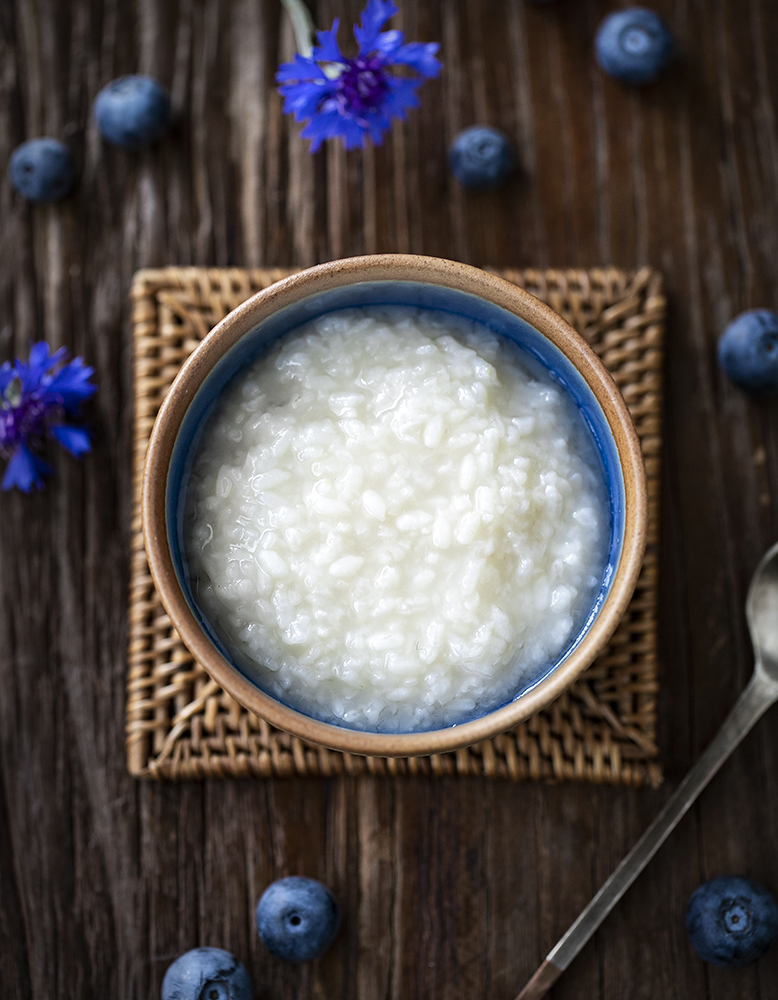
When one door closes, another opens… I haven’t been bored for a single day in lock down, because this is a great opportunity to learn more about fermentation processes. And improve your health. Fermented foods are rich in probiotic bacteria so by consuming fermented foods you are adding beneficial bacteria and enzymes to your overall intestinal flora, increasing the health of your gut microbiome and digestive system and enhancing the immune system.

When traveling in Japan I noticed how widely a fermented food presented in Japanese cuisine. Miso, shoyu (soy sauce), umeboshi (pickled ume plums), katsuobushi (fermented, and smoked tuna), tsukemono (pickled vegetables), nato, amazake, vinegar, sake – all of them are result of fermentation. I also noticed that people in Japan love to eat, they eat a lot (I’m not surprised, the food in Japan is really delicious), but remain healthy and fit. So what is the secret?
I guess, the secret in fermented foods and digestive enzymes in it. Digestive enzymes are necessary for digesting process, as they break down molecules like fats, proteins and carbs into even smaller molecules that can be easily absorbed by the body. Enzymes are also made in the small intestine, but if the body is unable to make enough digestive enzymes, food molecules cannot be digested properly. This can lead to digestive disorders. Thus, eating foods that are high in natural digestive enzymes can help improve digestion.
Are you familiar with koji rice? Koji rice is cooked rice that has been inoculated with Aspergillus oryzae, a mold that’s widespread in Japan. It is at the heart of many different Japanese ferments. It is used to make miso, sake, amazake, rice vinegar, soy sauce and mirin.
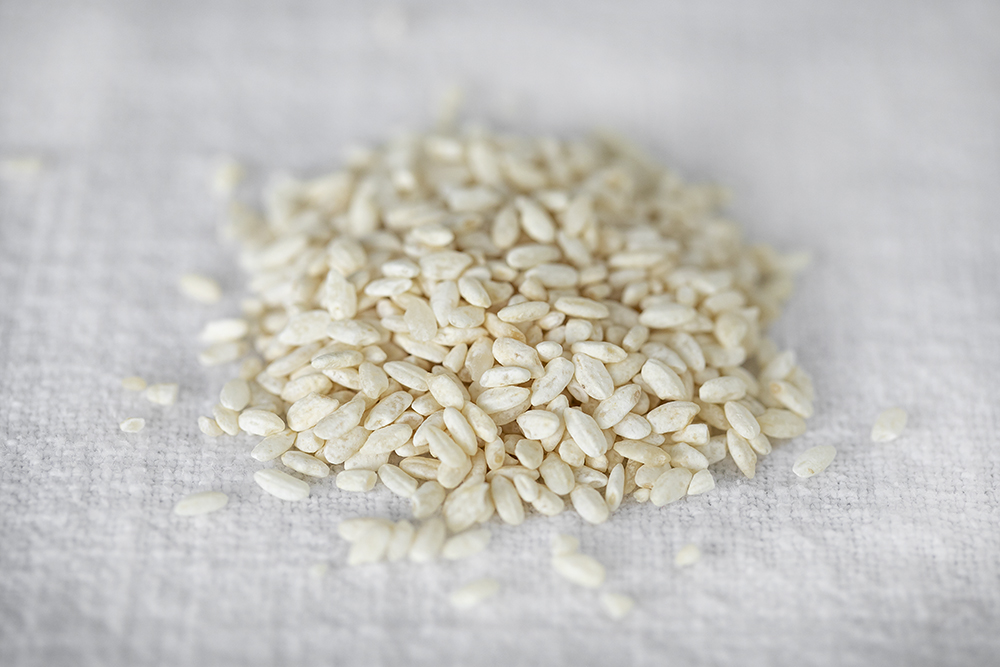
Koji has so many kinds of enzymes that it is said to be a treasure house of enzymes, which aids in digestion and nutrient absorption. Also, koji itself is also a nutritious food filled with sugar, amino acids, vitamins and minerals. It produces vitamins involved in the metabolism of the skin, in addition to containing lactic acid bacteria, which is the most potential probiotic.
Additionally, one of the amino acids released by the action of koji is glutamate, which imparts an intensely satisfying and delicious savoury taste known as umami. That makes the products made with koji is absolutely delicious.
Using koji, you can make amazake, traditional fermented Japanese rice drink. Amazake literally means “sweet sake,” but when produced it’s either low-alcohol or alcohol-free. We will talk about alcohol-free amazake today which is a super healthy Japanese fermented rice drink with some incredible nutritious benefits. It promotes beautiful skin and hair growth, aids weight loss, relieves fatigue, increases concentration, aids good sleep and more.
Amazake has a pleasant taste and creamy, thick consistency with a sweet flavour without any sugar adding. You can serve it either chilled or warm. During the summer amazake usually served with ice or iced water. You can enjoy a warm amazake during the winter. A little grated ginger makes the taste of the drink is absolutely delicious and adds more health benefits. Amazake also can be a great base for smoothies, just add your favourite fruits and berries, mix in a blender and enjoy the delicious creamy smoothie.
The recipe for amazake is a super easy, just combine warm rice porridge and koji rice, mix well and leave to ferment in a warm place for about 8 hours. Let the koji rice does its work.

The temperature is a key point here, the recommended temperature for the fermentation process is 55-60 °C (130~140 °F). The process is slowing down in lower temperatures because enzymes cannot activate properly. However, Koji can’t live in temperature above 60C, so don’t overheat it.
Amazake is best made using a rice cooker. Set the rice cooker to a keep warm mode, ferment bread mode also could work. I would recommend using a thermometer to check the temperature.
If you don’t own a rice cooker in your kitchen, any cooking appliances that can keep warm temperatures (55-60 °C) will work, such an oven or yoghurt maker or the kitchen appliances allow you to customise temperature.
Where to find the koji rice. I got my koji rice during my trip to Nagano, you can find koji rice in a chilled section along with miso. I kept it chilled during the trip, so much fun.
However, I found out that it’s possible to purchase koji rice in New Zealand. Please contact me for more information.
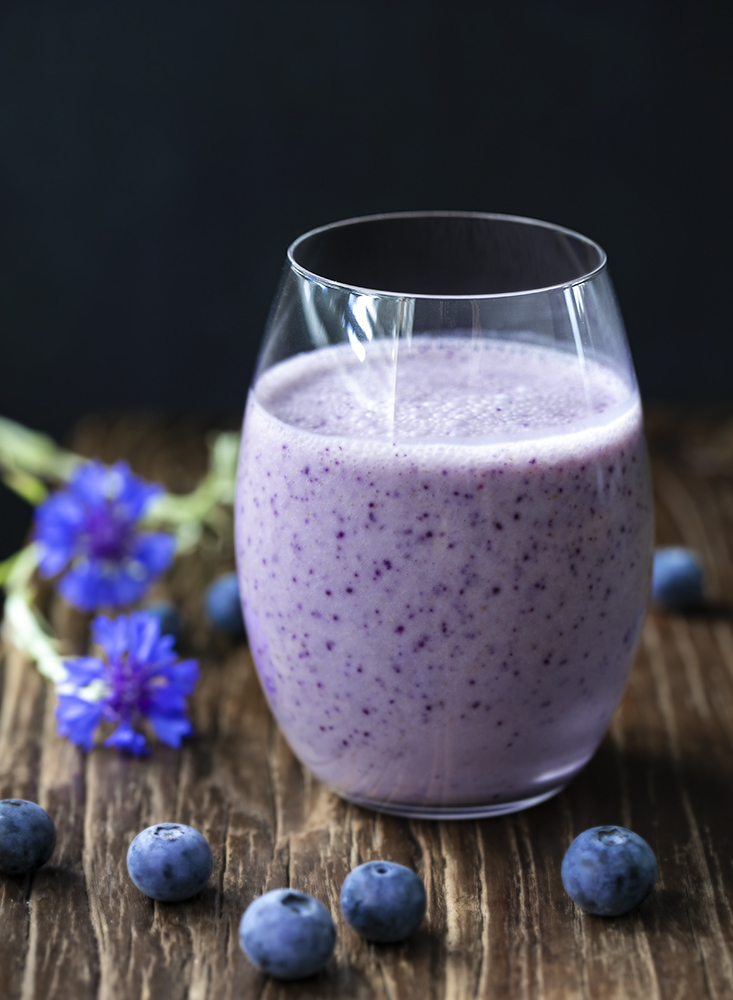
Amazake. Fermented Japanese Rice Drink.
Course: Desserts, Fermented Food, Japanese Food, Healthy drinkCuisine: Japanese, AsianDifficulty: Medium4
servings30
minutesAmazake is a super healthy Japanese fermented rice drink with some incredible nutritious benefits. It has a pleasant taste and creamy, thick consistency with a sweet flavour without any sugar adding.
Ingredients
120 g cooked Japanese short grain rice or sushi rice
300 ml warm water
100g koji rice
Directions
- To make rice porridge, combine cooked rice and warm water and stir well using a rice paddle. Check the porridge temperature using a cooking thermometer, it should be between 55-60 °C.
- Add crumbled koji rice and mix gently. Place the mix in a rice cooker, youghurt maker or any kitchen appliance that able to keep temperature range 55-60 °C for about 8 hours. Mix the amazake every few hours using a rice paddle. You will notice a pleasant sweet aroma, is a sign that the fermenting process is going well.
- You can serve amazake either chilled or warm/hot. During the summer amazake usually served with ice or iced water. You can enjoy a warm amazake during the winter. A little grated ginger makes the taste of the drink absolutely delicious. Amazake can be a great base for smoothies, just add your favourite fruits and berries, mix in a blender and enjoy the delicious creamy smoothie.

